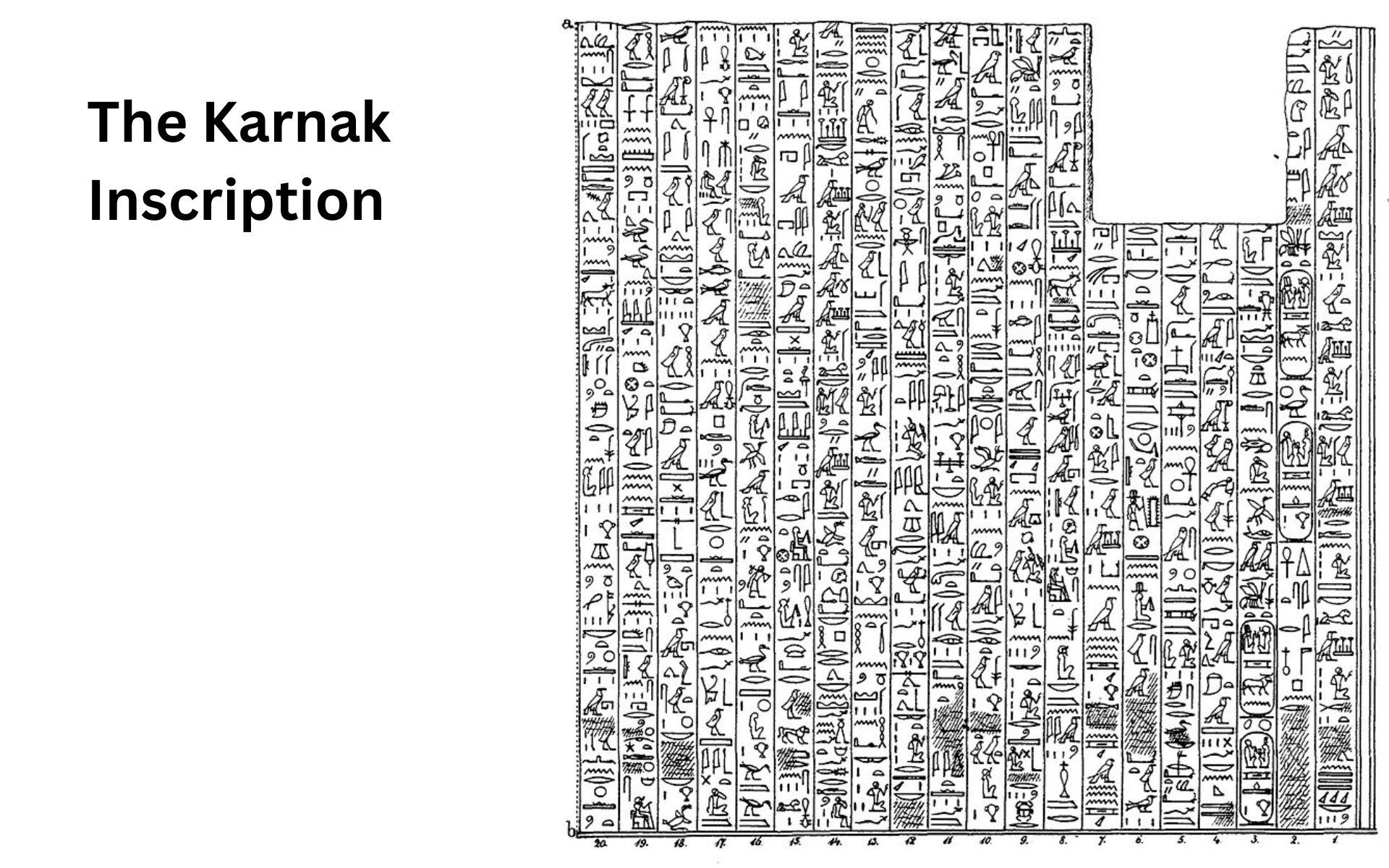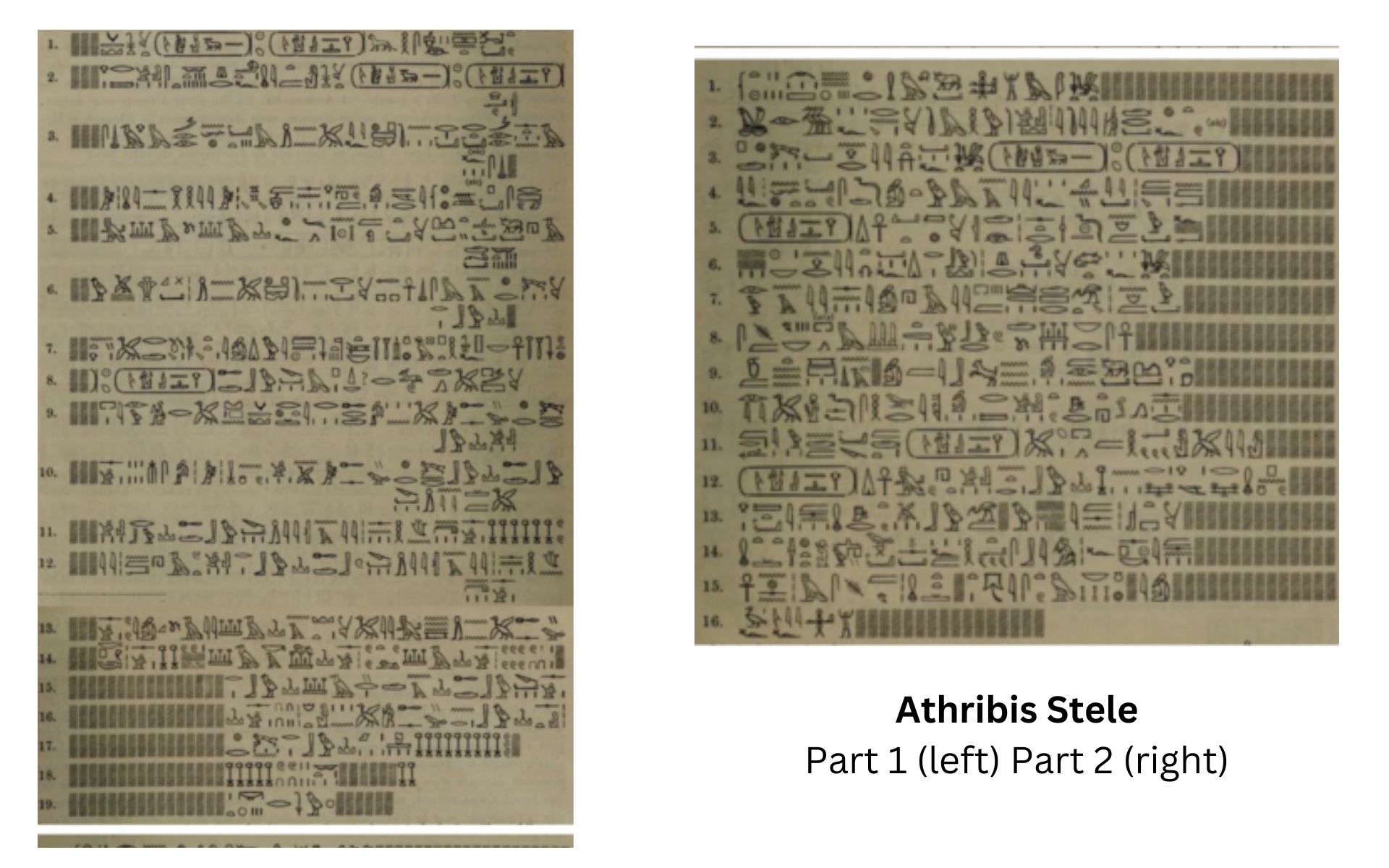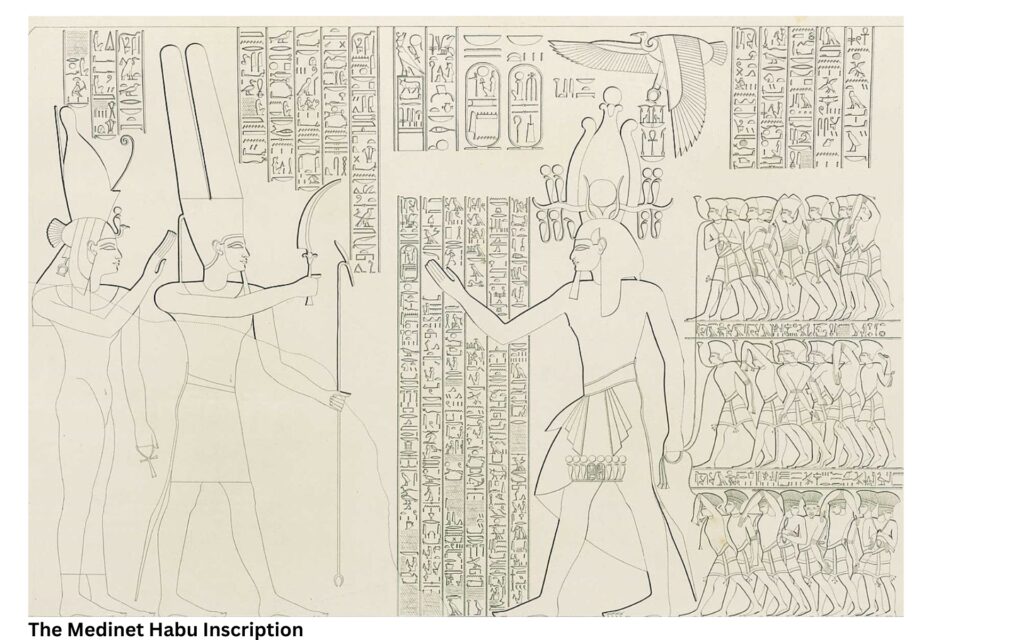Sea Raiders or Sea People was the name given to confederacy of sea warriors that attacked the regions of Greece, Asia Minor, Levant and Egypt between 12th century BCE to 11th century BCE. The origin of these warriors remains one of the hottest debates in the current times. They were able to deeply impact vital transcontinental trade between these regions and also with the far east.
In this article, we have described the sea people with the best of our research and the best of our knowledge in History. You can also listen to the article summary as an Audio Podcast below.
The Sea People
The Sea People were a group of raiders who attacked and sacked several cities in ancient Anatolia, Mediterranean Levant, ancient Egypt and ancient Greece.
The primary characteristics of all these raids seem to be sheer destruction (mostly resorting to burning) which was only necessary when you want to drive out the native population from the region. Destruction would then allow the sea people to settle these lands which they did in Israel around 1200 BCE. Surprisingly, this was the same period as the appearance of Israel in Egyptian texts.
However, another Israel Tribe or a Group of Tribes were also mentioned in Medinat Habu inscriptions (Ramesses 3) who were devastated after the Sea People raids.
Most other tribes mentioned in Egyptian records cannot be located.
Sacked or Destroyed Cities

The attacked cities are listed below along with their location for easy understanding and the year when they were raided. The list also presents possible reasons for these raids.
- Alashiya or Alassus (Cyprus)
- Raided in 1207 BCE
- Possibly for Copper or to Destroy Copper Production. Copper was an important source of materials to produce Bronze weapons in ancient world.
- Archaeological layers at Enkomi (the capital) and Kition show destruction around this time, with burned buildings and abandoned settlements.
- Tarsus (Cilicia, Southern Anatolia)
- 1220 to 1200 BCE
- Hittite records indicate unrest in the region.
- Ugarit (North Levant)
- 1190 BCE
- Possibly destroyed by Sikila or Tjeker.
- Destruction layer excavated at Ugarit, burned palace, broken and scattered artefacts.
- Ugarit’s King Ammurapi pleaded for help but no one came to support.
- “The enemy ships are already here, they have set fire to my towns.”
- Ugarit was a wealthy port city.
- Hattusa (Capital of Hittites)
- 1200-1190 BCE
- Hattusa was burned and abandoned. Evidence shows sudden end.
- Possible internal revolt coincided with Sea People raids. Kaska tribed could have sacked the city after an internal revolt or civil war.
- Hittite records (e.g., from Suppiluliuma II) mention threats from “enemies from the sea” and Lukka.
- Mycenean Civilization
- Pylos (1200 BCE), Mycenea and Tyris (both 1200-180 BCE) burnt down.
- A tablet (Linear B) talks about “Port Watchers”, probably as a safety measure.
- End of the Mycenean Civilization in Ancient Greece.
- Emar (inland on the Euphrates, Syria)
- 1180 BCE
- Violent destruction with burned houses and scattered possessions.
- A record mentions hostile forces. Presumed to be a coastal raid turned inland.
- Major city on a trade route.
- Canaanite Cities (Hazor, Ashkalon)
- 1200-1175 BCE
- Hazor destroyed by fire around 1200 BCE.
- Ashkelon shows early 12th-century disruption, later becoming a Philistine stronghold after Ramesses resettled them.
- Phillistines probably settled here after being defeated by Ramesses 3. They would probably becomes the Israelites, as the appearance of Israeli people is noted around this period in historical records. Further, there is a sudden population explosion around 1200 BCE in highlands of Israel as noted in Egyptian records.
- Kadesh (North Levant Modern Syria)
- 1175 BCE
- Battle of Kadesh (1274 BCE), the city declined and was likely hit during the Sea Peoples’ rampage through Hittite territories. Destruction layers align with this period.
- Kadesh was weakened after its war with Egypt (battle of Kadesh) and fell to Sea People soon after.
- Egyptian Delta Cities (e.g., Tanis, Memphis)
- 1175 BCE (Ramesses III’s reign)
- Medinet Habu inscriptions describe a massive Sea Peoples invasion in Year 8 of Ramesses III (c. 1175 BCE). They targeted the Nile Delta, but Egypt repelled them. No full sacking occurred—Tanis and Memphis survived—but coastal outposts were hit.
- Egypt’s victory halted their advance, but the effort strained its resources.
- Ramesses 3 would later re-settle them (the Phillistines) in Israel.
The Goal of Their Attacks
The primary goal of the Sea People (as it seems from Egyptian Inscriptions) was perhaps to find new lands to settle.
The evidence for this comes via two facts.
One, the people moved along with families and ox carts (clearly indicating migration). This description was found in the inscription of Ramesses 2. Compare this to the Viking Raids in late ancient era which were purely for plunder.
Second, the attacks reduce in number and frequency after Ramesses 3 resettles them in the modern day Greater Israel region.
List of Sea People Tribes
- Lukka
- Karkiya
- Pulasati (Sea) or Peleset, later became the Phillistines after Ramesses 3 settled them in Levant.
- Shekelesh
- Sherden (Sea)
- Weshesh
- Ekwesh and Denyan
- Tjeker (Sea)
Historical Sources
History tells us very less about the Sea People with the only major mentions being found in ancient Egypt which seems to be the only power that were able to resist or defeat them.
Ramesses 2 (3rd Ruler, 19th Dynasty)
- Claims to have repulsed Sherden (a Sea People group) in the second year of his reign in the Nile Delta (Source – Tanis Stele).
- “the unruly Sherden whom no one had ever known how to combat, they came boldly sailing in their warships from the midst of the sea, none being able to withstand them.”
- Poem of Pentaur suggests that the captured sea people helped the Pharoah strategize the battle, showing high military acumen.
- Prisoners were incorporated into Egyptian Army and King’s personal guards
- Aswan Stele mentions “mentions the king’s operations to defeat a number of peoples including those of the “Great Green”, the Mediterranean sea.
Merneptah (4th Ruler, 19th Dynasty)
Mneptah describes his two wins in multiple inscriptions recorded in Karnak Inscriptions, Cairo Pillar and the Athribis Stele. His first win was secured in the fourth year of his reign at the Battle of Perire.
The attackers were described as the “Nine Arrows” led by King of Libya Meyrey (son of Ded). The king reportedly conscripted all able bodied men from multiple tribes.
The tribes mentioned here were
- Sherden
- Shekelesh
- Ekwesh, earlier thought to be Greek but later their circumcision revealed they were not.
- Lukka
- Teresh
The Pharoah Mneptah mentions that they killed 6000 and captured 9000.
The inscriptions below narrate that:
His majesty was enraged at their report, like a lion, assembled his court and gave a rousing speech. Later, he dreamed he saw Ptah handing him a sword and saying, “Take thou (it) and banish thou the fearful heart from thee.”
When the bowmen went forth, says the inscription, “Amun was with them as a shield.”
After six hours, the surviving Nine Bows threw down their weapons, abandoned their baggage and dependants, and ran for their lives.
Merneptah defeated the invasion, killing 6,000 soldiers and taking 9,000 prisoners. To be sure of the numbers, among other things, he took the penises of all uncircumcised enemy dead and the hands of all the circumcised.
Source: Wikipedia


Ramesses 3 (Second King, 20th Dynasty)
In the Mortuary Temple at Medinet Habu of Ramesses 3, the reliefs and inscriptions mention encounter with the Sea People in Year 5, 8 and 11-12 of his reign.
In Year 5, the sea people Peleset and Tjeker attacked via land and sea. Their fleets were overturned (boats) in the mouth of the Nile (Ramses kept a coastal watch there), their fleet men were executed, and their land army was routed in Egypt.
In Year 8, the sea people attacked again with the same fate. It is possible that both inscriptions mention the same battle. In this year, the Nine Arrow confederacy conspired in their islands (Greeks/Cypriot?). He might have also gone in a punitive expedition and won as the Pharoah was titled “The Ruler of Nine Bows”.
Peleset and Tjekker were fighting on land this time while carrying their women and children in ox carts, even though both used ships.
The tribes mentioned were:
- Peleset
- Tjeker
- Shekelesh
- Denyen
- Weshesh
After the battle, several chiefs were held captive:
- Hatti (Hittites)
- Amor
- Shasu which were land peoples
- Tjeker and Sherden of the sea
- Teresh of the sea
- Peleset or Philistines.
In Years 11-12, the raid was done by Egypt on the Sea People.
- Pharoah wrote “I slew the Denyen (D’-yn-yw-n) in their isles and burned the Tjeker and Peleset.”
- He also captured people from the Sherden and Weshesh tribes.

Single Sources
- Amarna Letter EA 151 refers to the Denyen, in a passing reference to the death of their king. This indicates a hierarchical society.
- Amarna Letter EA 38 refers to the Lukka, who were accused of attacking the Egypt alongside the Alashiyans (Cyprus). Alashiyans gave excuse that the Liukka were raiding their villages.
- Amarna Letters EA 81, EA 122 and EA 123 refer to the Sherden. These letters at one point refer to a Sherden man as probably a mercenary for hire, and at another point to three Sherden men who are slain by an Egyptian guard.
Origins
The Sea People were most likely refugees fleeing a dry farming season in southern Europe. They have known to have colluded with several militaries of Hittite Empire, the Alashiyans, the Libyans, and other native powers.
The Tribe of Den (one of the 12 Jewish Tribes) in Bible is though to have been the Denyen as both were located near modern day Tel Dor according to Bible as well as The Story of Wenamum (Egyptian Text).
Sherden seem to have been settled around Megiddo and in the Jordan Valley.
Presumably, the Weshesh were the Biblical tribe of Asher.
Abishemu obelisk found in the Temple of the Obelisks at Byblos mentions “Kwkwn” son of Rwqq (Kukun son of Luqq), maybe as Kukunnis, son of Lukka, “the Lycian”. The date is given variously as 2000 or 1700 BCE.




